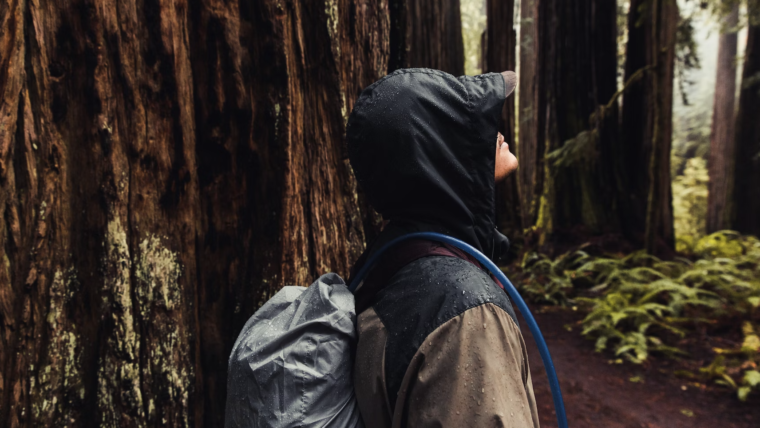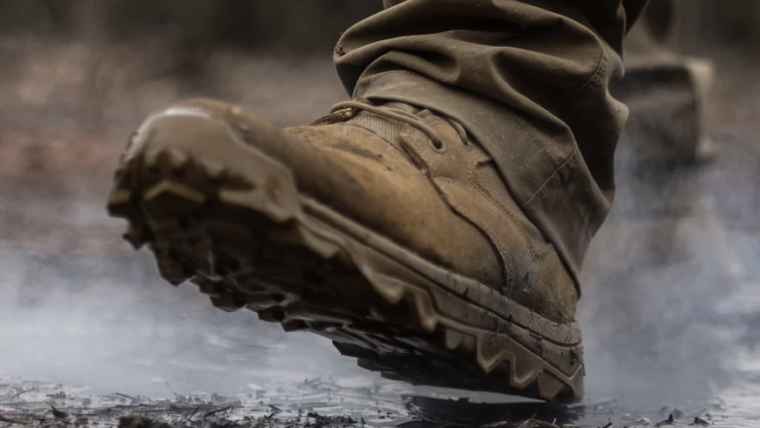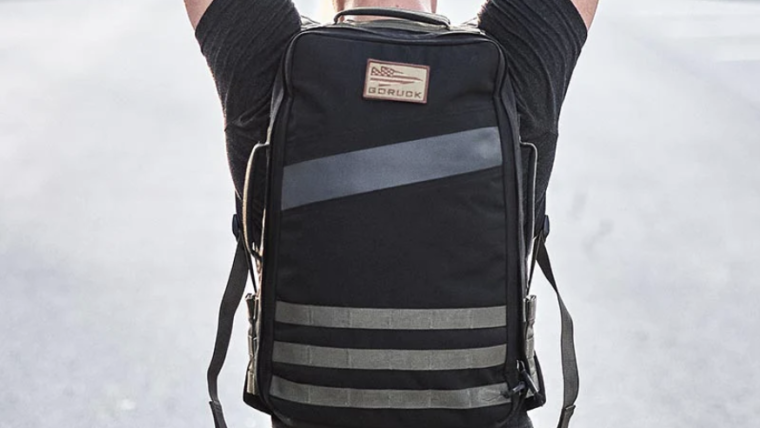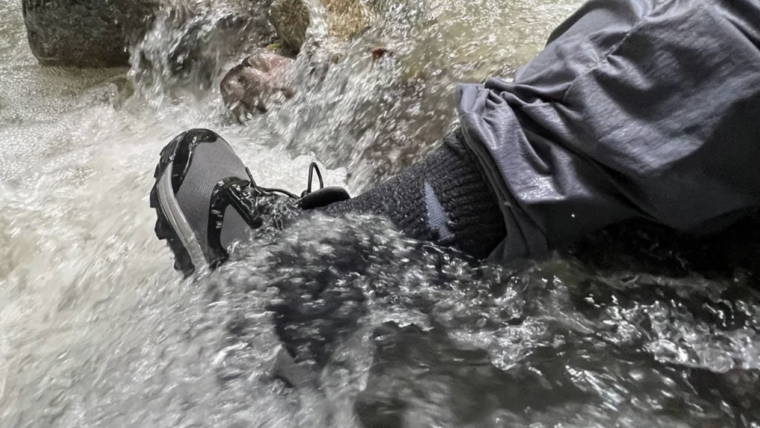Rucking, a form of exercise that involves walking or hiking with a loaded backpack, has gained popularity in recent years due to its simplicity and effectiveness.
Not only does rucking provide a great cardiovascular workout, but it also helps build strength, endurance, and mental toughness.
If you’re interested in starting rucking but don’t know where to begin, this easy-to-follow guide will walk you through the process and get you ready to hit the trails with confidence.
Step 1: Choose the Right Gear.
To start rucking, you’ll need some basic gear (Here’s our top 8 essential rucking gear items). The most crucial item is a sturdy backpack or rucksack (our rucking backpack deep dive post here). Look for a backpack with a comfortable harness, adjustable straps, and sufficient capacity to carry your load. Aim for a backpack with a volume of around 20-30 liters, depending on your fitness level and goals. Additionally, invest in a good pair of supportive shoes or boots (we’ve got a rucking boot post as well) to provide comfort and stability during your rucking sessions.
Step 2: Start with Light Loads
When you’re new to rucking, it’s important to gradually increase the weight you carry to avoid injury. Begin with a lightweight load, such as 10-20 pounds, and slowly add more weight as your body adapts. You can use dumbbells, sandbags, or even water bottles to increase the load in your backpack. Remember, the weight should be evenly distributed to maintain balance and prevent strain on specific areas.
Step 3: Focus on Proper Form and Posture
Maintaining proper form and posture is crucial while rucking to prevent injuries and optimize your workout. Keep your shoulders back, chest up, and engage your core muscles. Take shorter steps than you would during a normal walk or hike to help maintain stability and reduce strain on your joints. Strive for a natural heel-to-toe walking motion, rolling through your foot with each step. Here’s a great article on proper rucking form.
Step 4: Gradually Increase Distance and Intensity
Start with shorter rucks of about 1-2 miles and gradually increase the distance as you build endurance. Aim to ruck at least three times a week to allow your body time to recover. Once you’re comfortable with the distance, you can increase the intensity by incorporating hills, stairs, or varying terrain. This will challenge your muscles and cardiovascular system, making your rucking sessions more effective.
Step 5: Listen to Your Body and Progress at Your Own Pace
It’s important to listen to your body and progress at a pace that feels comfortable for you. Pay attention to any pain or discomfort and adjust accordingly. If needed, decrease the weight, shorten the distance, or take additional rest days. Remember, consistency is key, and gradual progress will yield better results in the long run.
Step 6: Stay Hydrated and Fuel Your Body
Rucking can be an intense workout, so it’s essential to stay properly hydrated. Carry a water bottle with you and sip water regularly throughout your rucking session (here are some top rucking water bladders to consider). Additionally, fuel your body with a balanced diet, including carbohydrates, proteins, and healthy fats, to support your workouts and aid in recovery. And, electrolyte replenishment is also critical.
Step 7: Join a Rucking Community or Event
Rucking is more enjoyable when done with like-minded individuals. Consider joining a rucking group or participating in organized rucking events in your area, (here are some of the top Rucking Events to check out). These communities provide support, motivation, and a chance to meet new people who share your passion for rucking.
Conclusion:
Rucking is a versatile and accessible exercise that can be adapted to various fitness levels. By following this easy-to-follow guide, you can start rucking with confidence, improve your fitness, and enjoy the many benefits of this simple yet effective workout.
Remember to start slow, focus on form and posture, and gradually increase the intensity as your body adapts. Embrace the challenge, stay consistent, and get ready to explore new trails while reaping the rewards of rucking.








Comments are closed.
Best Rucking Boots: A Guide and List
Best Rucking Hydration Bladders: A Guide and List
Best Rucking Headlamp: A Guide and List
Best Rain Shell for Rucking: A Guide and List
The Top 8 Essential Pieces of Gear for Rucking
Best Rucking Boots: A Guide and List
Best Rucking Backpack: A Guide and List
Best Rucking Socks: A Guide and List